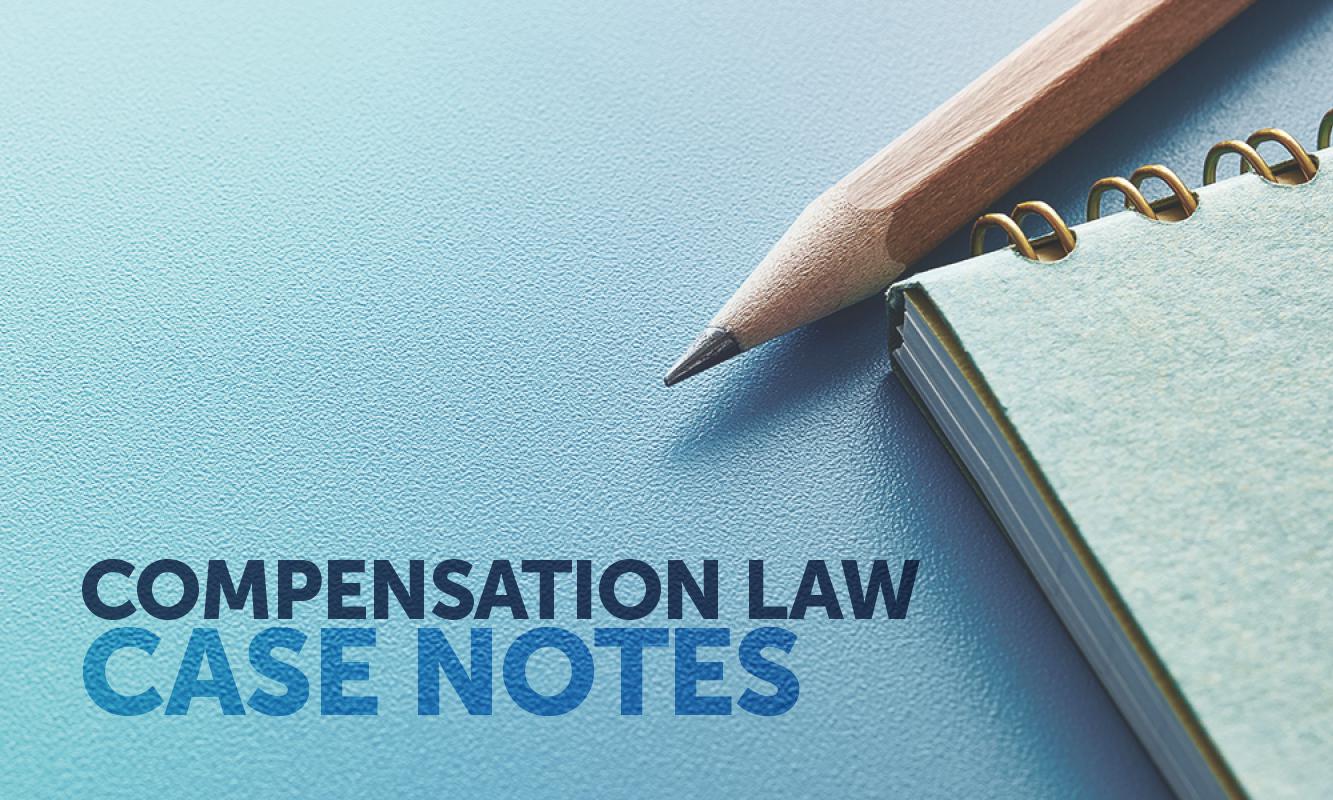In Gerner & Anor v State of Victoria [2020] HCA 48 (6 November 2020) the High Court was asked by the parties to rule on the question of whether the Constitution provides for an implied freedom allowing people in Australia to move within the state where they reside without arbitrary restriction of movement.
On 16 March 2020, the Minister for Health declared a state of emergency for the whole of Victoria by reason of the risk posed by COVID-19 to public health.
On the declaration of a state of emergency, the Chief Health Officer (CHO) is empowered, by ss200(1)(b) and (d) of the Public Health and Wellbeing Act 2008 (Vic.) (Health Act), to “restrict the movement of any person or group of persons within the emergency area” and to “give any other direction” that he “considers is reasonably necessary to protect public health”.
Since the declaration, the CHO has issued directions restricting the movement of people within Victoria which were in force at the time the matter came before the High Court (lockdown directions).
The first plaintiff resided in Melbourne and was the owner of the second defendant, a restaurant business in Melbourne. The lockdown directions had a devastating impact on the plaintiffs’ restaurant business. The plaintiffs commenced proceedings in the original jurisdiction of the High Court seeking declarations that ss200(1)(b) and (d) of the Health Act and the lockdown directions are invalid as an infringement of an implied right to freedom of movement in the Constitution.
The plaintiffs argued that the freedom could be implied in three alternative ways. First, the plaintiffs argued that the freedom could be “implied from the text and structure of the Constitution and is logically and practically necessary for the preservation of the constitutional structure” (preservation argument).
Second, the plaintiffs argued that the freedom could be “implied from the system of representative and responsible government enshrined in the Constitution and as part of the implied freedom of political communication” (political communication argument).
Third, the plaintiffs argued that the freedom could be “implied as an aspect of s92 of the Constitution” (which provides for free trade between Australian states) (free trade argument).
The High Court (Kiefel CJ, Gageler, Keane, Gordon and Edelman JJ) unanimously, and in a short, single set of reasons, determined that the freedom, contended for by the plaintiffs, did not exist.
At the outset the High Court made two key observations. First, the High Court, at [10], observed that while, at common law, people could move about as they saw fit, this freedom could be limited by statute. As such, a constitutional guarantee of freedom of movement is properly understood as a limitation on legislative or executive power (rendering legislation that encroaches on this guarantee invalid) rather than a “personal right”.
Second, the High Court, foreshadowing its dismissal of the appeal, observed, at [12], that the orthodox view is that freedom, of communication or movement, is protected by the Constitution only “as an aspect or corollary of the protection of freedom of political communication”. The High Court then went on to swiftly dispatch each of the arguments advanced by the appellant in support of a broad idea of freedom.
In respect of the plaintiffs’ preservation argument, the High Court pointed out that this argument was not supported by any High Court authority. Indeed, the idea that the Constitution might imply a broad freedom of communication had been expressly rejected (Miller v TCN Channel Nine Pty Ltd (1986) 161 CLT 556).
And, on the matter of what the Constitution implies, the High Court reasoned, at [14], that this was to be determined by the terms and structure of the Constitution given that “federation is not a ‘one size fits all’” proposition. Put another way, the kind of federation created depends on the text and structure of the very constitution that created it.
Here, the High Court remarked, at [15], that in light of the fact that the legislative powers of the states was expressly preserved in the Constitution(s106), it would be “surprising, to say the least” if state laws had to conform to the limitation proposed by the plaintiffs.
The High Court appeared to be unimpressed by the plaintiffs’ argument that, in the absence of an implied freedom to the contrary, states might abuse their legislative power and create “enclaves” that divided people of the Commonwealth and prevented them from knowing each other. The High Court, at [18], reasoned that to “point to the possibility that legislative power may be misused is distinctly not to demonstrate a sufficient reason to deny its existence”.
As to the plaintiffs’ political communication argument, the High Court observed that the implied freedom of communication (recognised in Lange v Australian Broadcasting Corporation (1997) 189 CLR 520) is limited to political communication only. And, the plaintiffs did not plead that the Health Act or the lockdown directions restricted political communications.
Finally, in respect of the plaintiffs’ free trade argument, the High Court noted that s92 of the Constitution expressly provides that interstate, and not intrastate, freedom is to be absolutely free. It follows that the implication, contended for by the plaintiffs, is contrary to the explicit text of the Constitution.
The High Court also noted that the framers of the Constitution were concerned with preventing states from charging importation duty on goods coming into its territory and not with regulating internal trade, unconnected with interstate trade.
Dr Michelle Sharpe is a Victorian barrister practising in general commercial, real property, disciplinary and regulatory law, 03 9225 8722, email msharpe@vicbar.com.au. The full version of these judgments can be found at austlii.edu.au.












Share this article